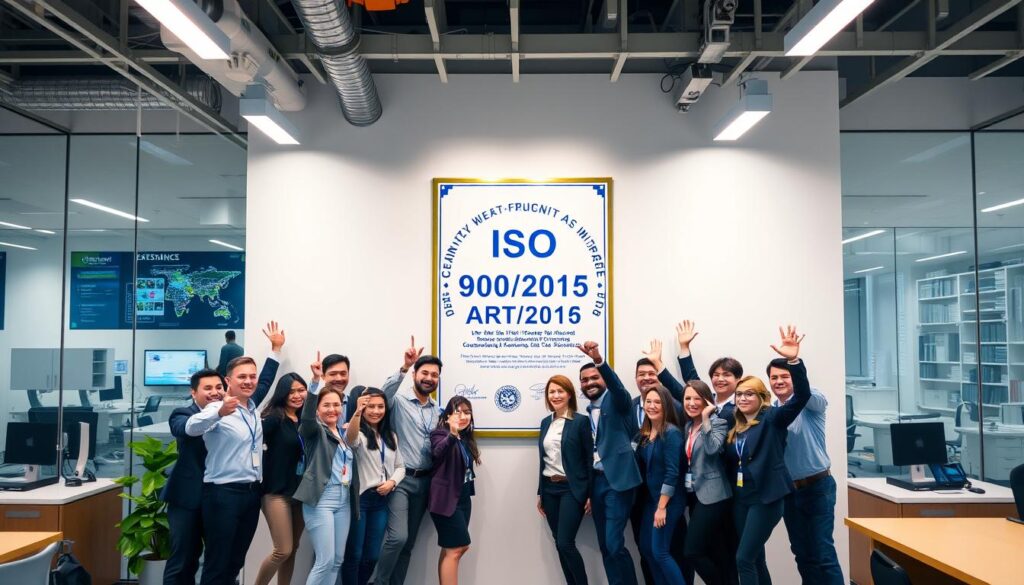Kandy Esala Perahera Festival Returns in Full Splendor After Pandemic Restrictions Lifted
Kandy, a historic city in Sri Lanka, buzzed with excitement during the Esala Perahera festival. The event showcased vibrant colors, mesmerizing dances, and deep-rooted traditions. After a year of restrictions, the festival returned, captivating local and global audiences.
Organizers adapted to new norms, ensuring a safe and memorable celebration. The event ran from August 13th to 23rd, 2021. It followed strict health guidelines while highlighting rich Sri Lankan culture.

The festival was live-streamed in seven languages to promote Sri Lanka. These included English, Sinhala, Tamil, Thai, Chinese, Cambodian, and Japanese. This collaboration between tourism bodies attracted nearly 16,000 international viewers.
The Kandy Esala Perahera festival proves Sri Lankan resilience and adaptability. Organizers used technology to connect the physical and virtual worlds. This allowed people worldwide to experience the magic of this centuries-old tradition.
A Triumphant Comeback: Kandy Esala Perahera Festival Shines Brightly
Sri Lanka’s iconic Buddhist festival, the Kandy Esala Perahera, has returned after pandemic restrictions. Vibrant costumes, fire dances, and whip crackers once again grace Kandy’s streets. Locals and tourists are captivated by the mesmerizing spectacle.
Overcoming Pandemic Challenges
Festival organizers faced numerous hurdles due to the global pandemic. Their determination and careful planning brought back the event in full splendor. This successful comeback showcases the resilience of the Sri Lankan people.
Adapting to New Norms for a Safe Celebration
Safety measures have been implemented to protect participants and spectators. Social distancing and mandatory masks are now part of the event. These adjustments ensure a safe celebration without compromising the festival’s essence.
The Kandy Esala Perahera’s return brings hope and celebrates Sri Lanka’s cultural heritage. Ancient traditions blend with modern precautions, ensuring the festival’s continued success. This beloved event will undoubtedly thrive for generations to come.
The Essence of Kandy Esala Perahera: A Blend of Tradition and Spectacle
The Kandy Esala Perahera is a grand celebration in Sri Lanka. This 10-day festival showcases the country’s rich cultural heritage. Visitors flock to witness the stunning processions during the “Esala” month.
The event holds great historical significance for Sri Lankans. It blends Buddhist traditions with local folklore, creating a unique spectacle.
The Historical Significance of the Festival
The Kandy Esala Perahera dates back to the 4th century. It honors Lord Buddha’s sacred tooth relic, housed in Kandy’s Temple of the Tooth.
The festival also pays tribute to four guardian deities. These include Natha, Vishnu, Kataragama, and Goddess Pattini. This showcases the region’s diverse religious beliefs.
Key Elements of the Perahera Procession
Grand processions are the heart of the Kandy Esala Perahera. They feature traditional Kandyan dancers, fire performers, and skilled drummers.
The elephant pageant is a major highlight. Beautifully adorned elephants parade through the streets in colorful costumes.
A majestic tusker carries a replica of the sacred tooth relic casket. The processions create an atmosphere of joy and cultural pride.
The Role of the Sacred Tooth Relic
The sacred tooth relic is central to the Kandy Esala Perahera. It’s believed to have arrived in Sri Lanka in the 4th century.
The relic symbolizes sovereignty and is a source of blessings. The festival ends with a water-cutting ceremony at the Mahaweli River.
During this ritual, the sacred tooth relic is venerated. Blessings are invoked for the nation’s well-being and its people.
Kandy Esala Perahera Festival Returns in Full Splendor
Kandy’s ancient city bursts with life as the Esala Perahera festival returns. This ten-day event showcases Sri Lanka’s rich cultural heritage. Held annually in July-August, it features traditional dances, music, and a grand elephant parade.
Over 100 adorned elephants march in the festival’s spectacular procession. Hundreds of Kandyan dancers and drummers in traditional attire join them. The Esala Perahera includes five separate parades, each honoring different deities.
Vibrant Displays of Cultural Heritage
The Kandy Esala Perahera festival boasts a 1,600-year history. It’s a living testament to Sri Lanka’s enduring cultural traditions. The festival ends with a procession led by the Maligawa Tusker.
This special elephant carries a replica of the Sacred Tooth Relic. The relic is usually housed in Kandy’s Temple of the Tooth.
Mesmerizing Performances by Dancers and Musicians
Kandy’s streets pulse with the rhythmic beats of skilled drummers. Graceful Kandyan dancers, fire dancers, and whip dancers captivate onlookers. These performers wear elegant costumes that showcase Sri Lanka’s rich artistic heritage.
The Majestic Elephant Procession
A highlight is the merging of four devale peraheras. Each devale is dedicated to a specific deity. Dozens of adorned elephants create a majestic procession that amazes visitors.
This grand display draws people from around the world. They come to experience the essence of Sri Lankan culture and tradition.
Conclusion
The Kandy Esala Perahera festival has made a triumphant return in 2023. This centuries-old tradition dates back to the 3rd century BC. The event showcases Sri Lanka’s rich cultural heritage and religious significance in the sacred city of Kandy.
The festival’s core is the veneration of Buddha’s Sacred Tooth Relic. This relic has been central to the celebration since 310 A.D. The pageant features thousands of dancers, drummers, musicians, and majestic elephants.
The final night is the festival’s peak. It involves about 5,000 performers and 100 elephants. The event ends with the sacred Diya-kepeema ritual at the Mahaweli River in Getambe, Kandy.
The Kandy Esala Perahera’s revival shows Sri Lankan culture’s resilience. It brings joy and unity to the people of Sri Lanka. The event also proves the country’s dedication to preserving its heritage for future generations.
Sri Lanka faces challenges with changing agricultural policies and their economic impact. Yet, the Kandy Esala Perahera remains a symbol of hope and pride for all Sri Lankans.



